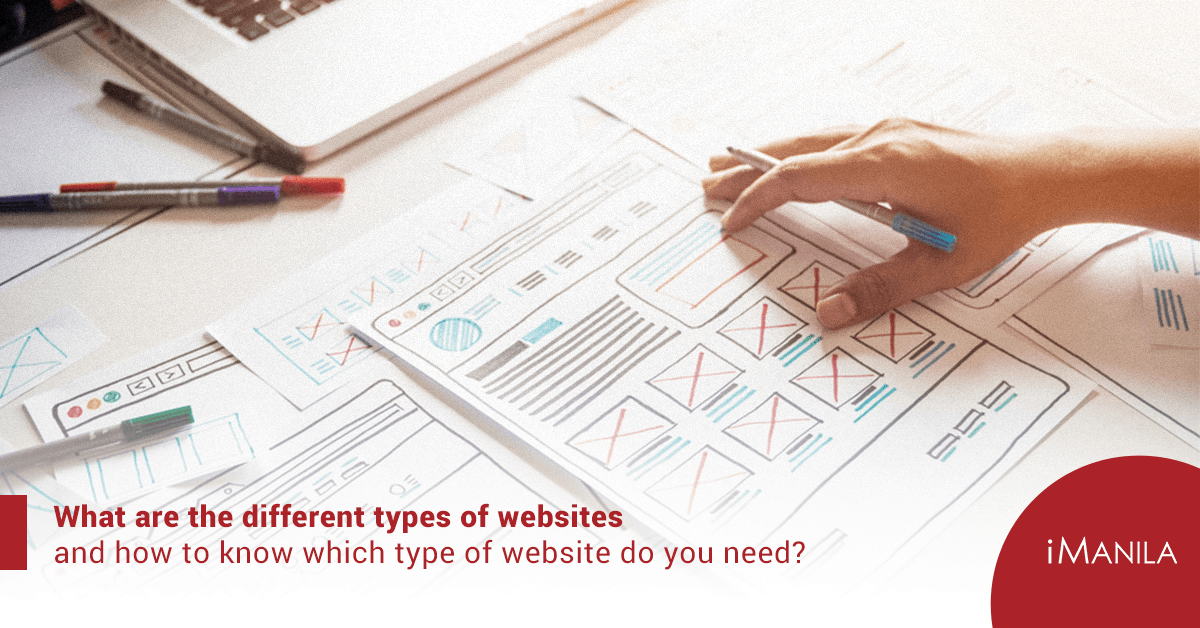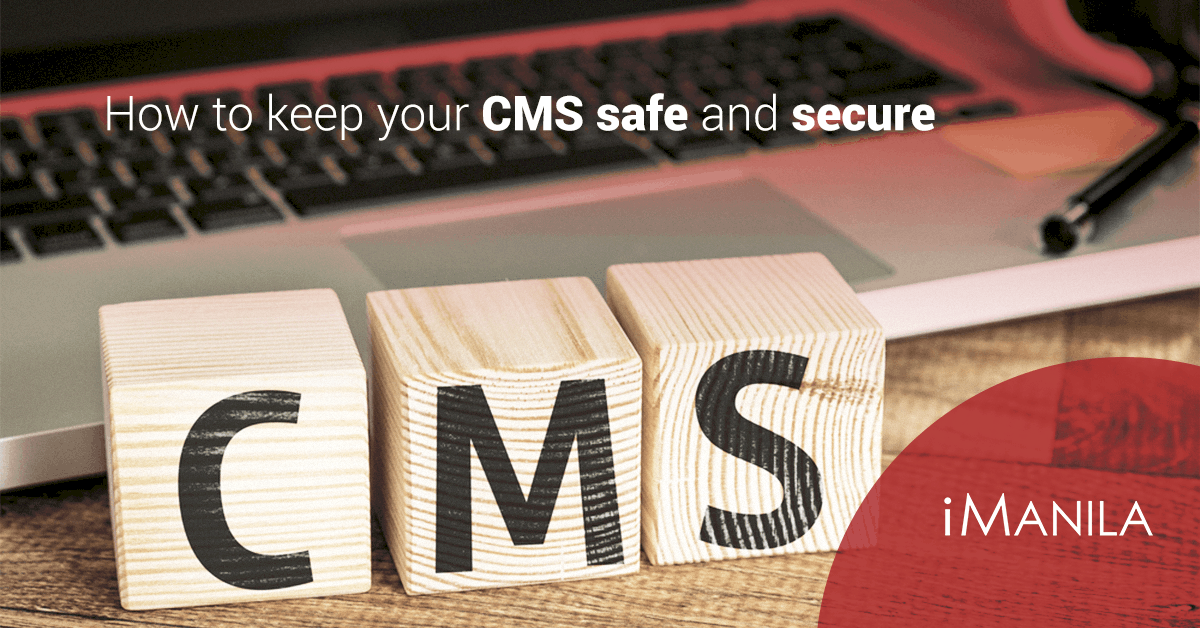Nowadays, the competition in the market is very tough. One way to make your business successful is to make it active online, and the first step to doing this is by creating your business website to serve as your virtual window and front door. The key to make your business website effective is to take a look at what your business needs and ensure that your site accomplishes the main objective of your business.
Here are different types of websites to help you choose which fits your business.
Brochure
A brochure website is the simplest type of website, because it only has a few pages. It is primarily used to serve as an online brochure, it gives an overview on what the business is all about and it displays contact information on how you can contact the business. This type of site is typically used by small businesses that need to boost their online presence. The content from brochure websites are mostly static, which makes it perfect for startups and small businesses who want to start making their business active digitally.
Blog
Blogs are online journals that provide information to your website visitors. Because nowadays, people rely on the internet if they have a question or are curious about something, a blog provides the answer to that. It is regularly updated by a small group and can be written in laid back style. Blog websites are important, because they add features and interest to your site. It is also a must to keep it updated as much as possible for more website visitors.
E-commerce
E-commerce websites are online stores which allow your consumers to purchase on the site itself. It features online payments as well. The main objective of an e-commerce site is to urge your website visitors to buy your product or service. This is especially suited for businesses selling multiple products. This type of website focuses more on functionality than visual aesthetics.
Portal
Portals are centralized places to share information for internal purposes of a business or organization which can only be accessed by the people within the organization. It involves a login process that grants the employees access to their accounts for work purposes. This can also be used by schools, allowing students to access details of their classes and their grades.
Informative
Informative websites convey specific educational, and instructive ideas to capture a learning audience. It serves as your business marketing tool. This type of website is usually content and design-driven in order to share more information to your audience. It is important to make compelling and informative contents to keep your visitors come back for more. The visual design of informative websites should be aesthetically pleasing as well in order to capture the attention of the consumers.
Portfolio
Portfolio-type of websites give information about your business which showcases your work. It is focused on collecting samples of past works which can be used as an online portfolio. The main objective of a portfolio website is to display compelling content and visually enticing designs to get clients. It gives an idea to the visitors on what the owner can do.
Websites play an important role to keep your business going because it reaches an audience online to give you more sales. Especially nowadays that people rely on the internet when they need something, it is a must to plan your website that fits your business to maximize its function and achieve your goals for your business. If you are planning to enhance your presence online, now is the perfect time to start your website.
iManila is equipped to help your website dominate online. All our website packages are built to provide an aesthetically pleasing website, increase your search engine visibility, and empower your organization. Visit our website at https://imanila.ph/web/web-design-and-development/ to learn more about how we can develop your business’ website.









